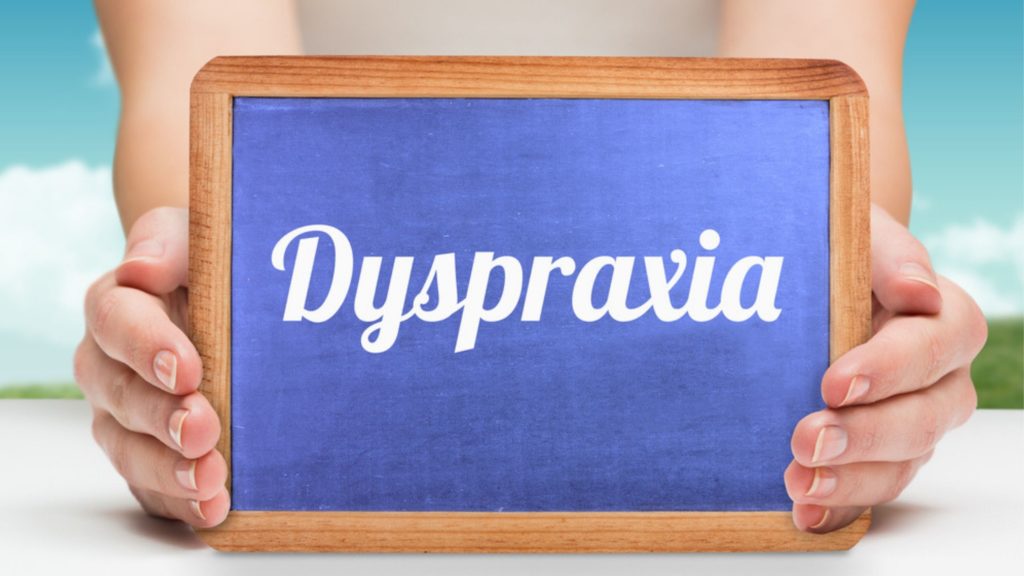Improving outcomes for dyspraxia

This blog explores what dyspraxia is and ways to help pupils with the symptoms in the classroom. It explores some of the strategies that can aid specific needs in relation to dyspraxia and looks at practical ways to improve outcomes for pupils displaying these traits.
Albert Einstein usually tops the list as the most famous person to have dyslexia and dyspraxia, but many prominent people today have been open about it, Richard Branson, Daniel Radcliffe and Jim Carrey to name a few.
The BBC chose to introduce a sidekick in their much-watched TV programme, ‘Doctor Who’; Jodie Whittaker who plays the Dr is joined by Tosin Cole, whose character seems to struggle with many coordination difficulties.

In the first episode, his character Ryan struggles to ride a bike, so much so that he eventually throws it off a cliff in anger. The determination and frustration the actor displays in his role are very close to the truth for the many people who suffer from the condition most commonly known as Dyspraxia.
Occasionally known as Developmental Coordination Disorder (DCD), Dyspraxia affects about 5% of the population more commonly in men.
The main features of the condition are the effects it has on large and small body movements. It may affect the person’s ability to handle and manoeuvre things like tying shoelaces, catching a ball or grasping small objects. People with dyspraxia might also struggle with learning new skills, thinking and remembering information. Although the condition does not affect a person’s intelligence it may be that daily life skills are slow or need to be repeated.
A child with dyspraxia in a mainstream classroom will struggle with; writing, typing, and drawing. In my experience, they also find just like dyslexia they struggle with dealing with emotions, time management, planning and personal organisation. It may also be that these pupils will avoid PE and games lessons because they find many of the physical coordination tasks challenging.

These conditions will always be a challenge for pupils and over time they may develop their own strategies to manage new tasks. Here are some classroom friendly tips on improving outcomes for children presenting with these traits:
1. Hand-Eye Coordination (Handwriting)
Try to practice a multi-sensory approach to forming letters ensure e.g., practice letter writing in the sky, try practising letters in sand or shaving foam. A pencil grip may also be useful to some and writing lines of different size and thickness will aid with tracking.
2. Hand-Eye Coordination (Using tools/cutlery/fastening buttons)
Try to minimise amounts of difficult clothing and use Velcro or easy fit clothing, break the tasks down to be mastered one by one.
3. Large Muscle Movements (Walking in a straight line, bumping into things, difficulty running, hopping, jumping, kicking and catching)
When possible provide balance or wobble boards, practice walking on a line, hand to hand throwing at short distances practice with bean bags.
4. Attention/Concentration (Poor attention span/distracted easily in large open plan environments/disturbs others)
Allow the child to lead their learning and choose the activities they enjoy, try not to disturb a child once they have settled a to a task if possible seat the child near a space with fewer wall displays; ensure other learners understand the needs each other.
5. Personal Organisation (Poor organisation)
Supply visual timetables and diaries to help understand what is coming up, break up instructions and provide visuals to help with the order, sequence pictures to help with activities that are coming up.
I’ve taught many pupils with dyslexia and dyspraxia and one thing I’ve always noticed is those who had it identified early and when possible were able to receive extra support in the class were miles better at handling their condition than those who hadn’t. If you have dyslexia or dyspraxia, it doesn’t have to hold you back but you will need to persevere and accept you may do things differently.








Responses